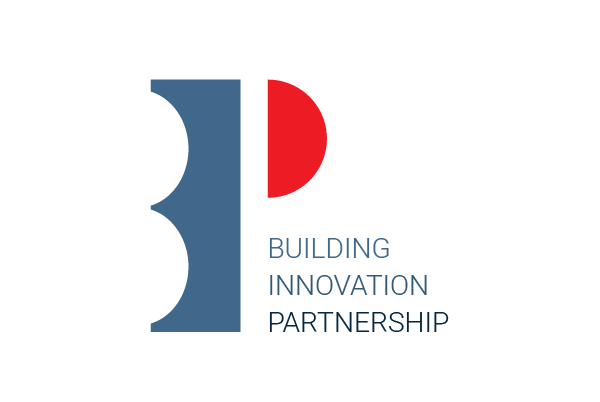This study investigates the relationship between pressure and burst rates in water distribution systems. The study aims to understand how pressure affects burst rates under both steady-state and pressure-managed conditions,
Search “”
76 Results
Search Results
Code of Practice for the Seismic Performance of Non-structural Elements (NSE CoP)
The Code of Practice for the Seismic Performance of Non-structural Elements (NSE CoP) is a new resource designed to improve practices and ensure consistency in the seismic design, coordination, and construction
Three Waters Asset Data Standards
On this page you will find: A link to download the latest version 3.6 of the Asset Data Standards (ADS) developed by the NTU. A link to download a register
The Costs of Drought in Urban Water Supply Planning
Droughts can have significant and varied impacts in urban areas. Such impacts range from the direct costs of water interruptions on businesses, the intangible costs of water restrictions on households,
Assessing Wellington Water’s Pipe Condition Data Capture
A report developed for the Building Innovation Partnership at the University of Canterbury and Wellington Water by Cedric Papion, Stantec. Reviewed by Dr Theuns Henning, Building Innovation Partnership and the
Using Large Language Models for the Interpretation of Building Regulations
Compliance checking is an essential part of a construction project. The recent rapid uptake of building information models (BIM) in the construction industry has created more opportunities for automated
Integrating Building Information Modelling and Health and Safety: The Building Life Cycle
Building Information Modelling (BIM) is a valuable tool to support health and safety throughout the building life cycle. This report focuses on it use in the building operation and
Flood Resilience Digital Twin
This research project was a research collaboration between the Building Innovation Partnership (BIP) and the Geospatial Research Institute Toi Hangarau (GRI) at the University of Canterbury, New Zealand, conducted
A Net-Zero Carbon Concrete Industry or Aotearoa New Zealand
We are determined to reduce our industry’s greenhouse gas (GHG) emissions to net-zero by 2050. We are committed to New Zealand’s Zero Carbon Act and its goal to ensure our
National Seismic Qualification Framework for Non-Structural Elements
Recent studies on non-structural elements (NSEs) in New Zealand have found that there is insufficient knowledge about the seismic performance of NSEs and particularly how this performance impacts their primary
